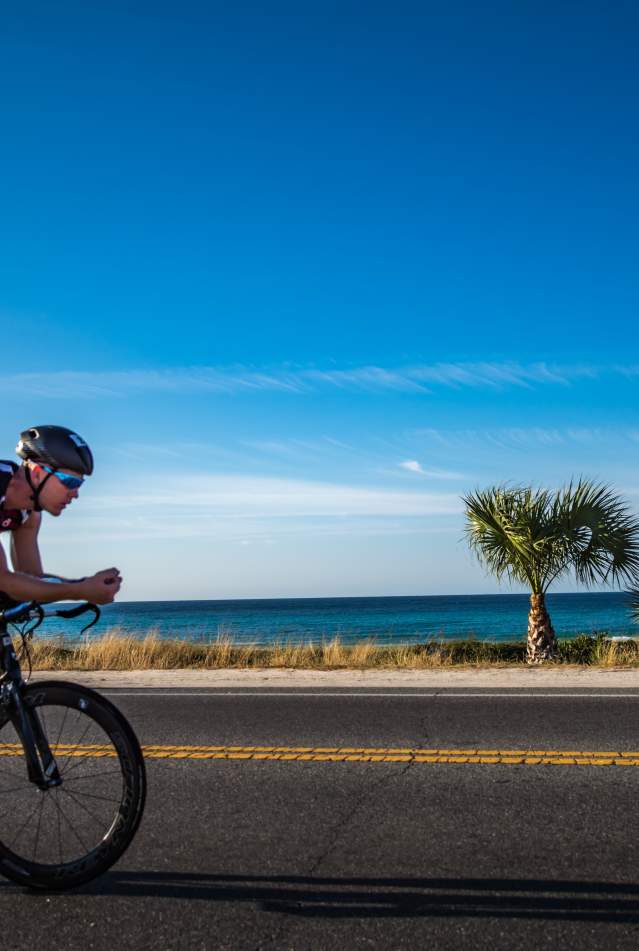The summer months offer some of the most intense fishing action of the year!
One reason that’s the case is the bays are full of bait fish. Whether it's mullet, pilchards and pinfish on the flats, menhaden in the bayous or rain minnows in the middle of the bay, the food sources are plentiful and their predators are taking advantage. The majority of feeding takes place in short windows early in the morning and late in the afternoon. While you can catch fish in the middle of the day, your odds are greatly reduced – but still better than if you don’t go fishing at all!
Way up in the bay near the Intracoastal Waterway, lots of trout are feeding on shrimp early in the morning on high falling tides. Most of these fish are in the 14” - 17” range but some bigger ones (22” – 24”) are there, too. In addition to the shrimp, there are a lot of menhaden schooled up near the ICW and in the bayous, so suspending plugs and topwater baits have been working very well. If you get into a good bite but the fish are on the small side, try switching to a bigger lure and working it a little slower. Be prepared for fewer bites since you’re weeding out the smaller fish and giving the bigger fish a chance to eat.
The bull redfish bite has been outstanding on falling tides around the bridges, near the paper mill and close to the port. (I’m sure the pass is probably thick too, but I don’t like to fish there at this time of the year because of heavy boat traffic.) Topwaters work well but you can also use lightweight soft plastics or natural baits such as half dollar sized blue crabs. Although you can get a few bites by letting the crab just sit in the water, it’s more productive to drift it on the current and then reel it back in since fish are usually more reactive to the “natural” look of baits moving with the current. Remember that these fish will probably be over the legal size and must be released, so please take care of them and make sure they’re ready to swim off when you let them go.
We are still catching plenty of nice sized mangrove snappers around a variety of structure. Docks, seawalls and bridges have been holding fish but they only want to eat when the current is running. Both incoming and outgoing tides have been productive with the key being to position yourself on the up-current side of the structure. Try throwing a few “freebies” out as chum to get them fired up and then cast a piece of bait similar to the chum chunks. Use a small, well-hidden hook and keep feeding line until the fish grabs it and takes off.
As always, if you have questions about what’s biting, how to catch them or want to book a trip, give me a call or shoot me an email.
Good luck!

